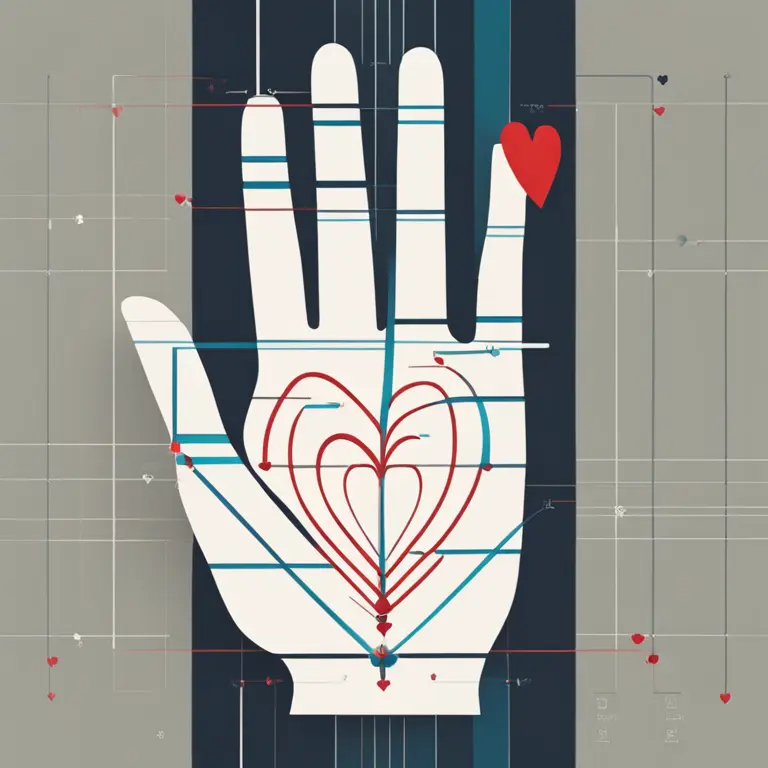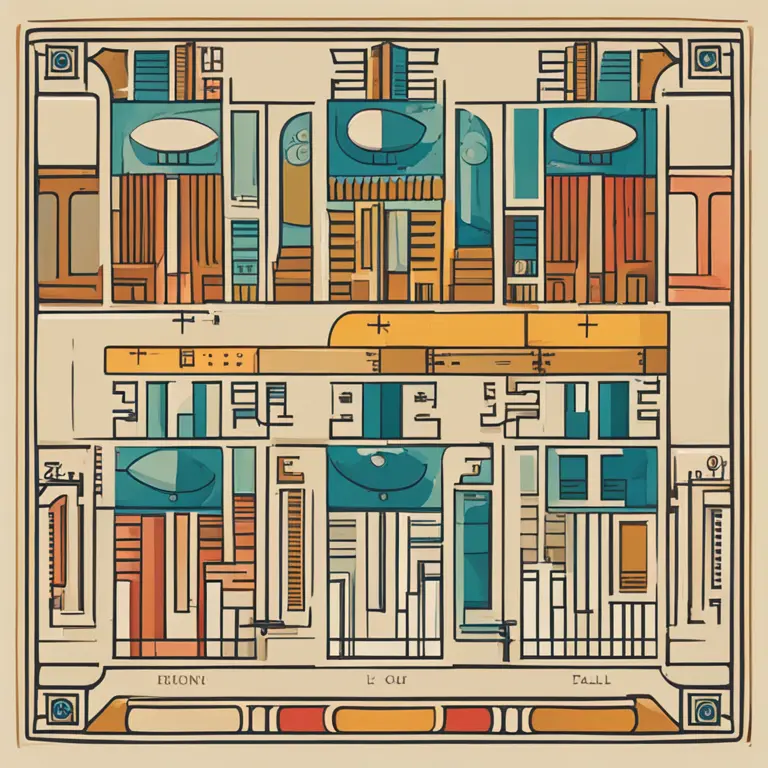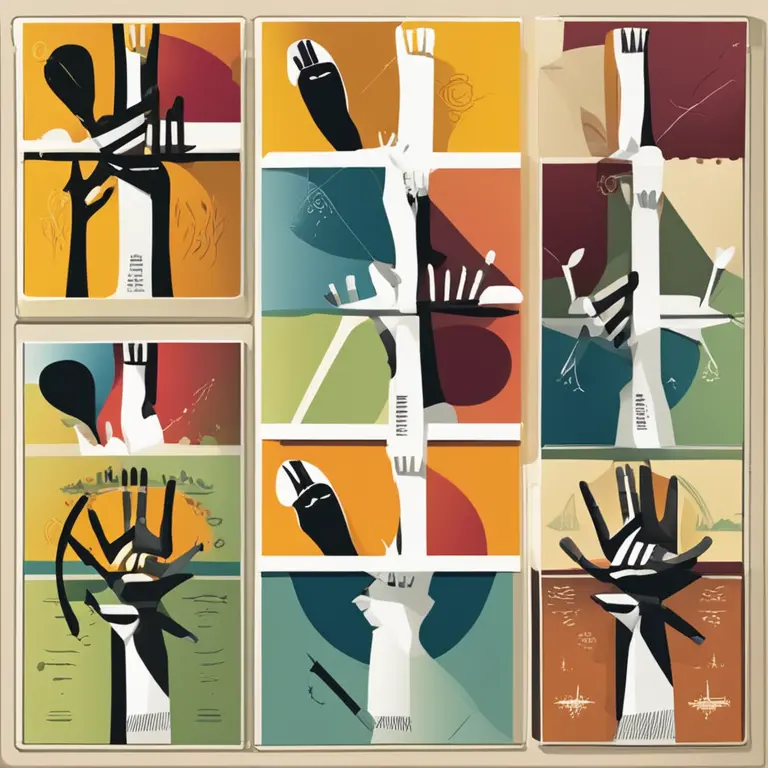
Palmistry Basics for New Enthusiasts
Discover the fascinating world of palmistry. This beginner's guide provides a foundational understanding of hand analysis techniques in the mystic arts.
article by Nora Pennington
What is Palmistry?
Palmistry, also known as chiromancy, is a practice with roots that stretch back to ancient civilizations such as India, China, and Egypt. It involves the study of the palm to interpret personality traits, potential life paths, and future events. The art of reading palms is based on analyzing various parts of the hand, including the lines, mounts, shapes, and even skin patterns. As with any mystical art, approaching palmistry with an open mind and respect for its history is the first step for any beginner.

Understanding the Lines
In palmistry, there are several major lines to pay attention to: the heart line, head line, life line, and fate line. Each line is believed to offer insights into different areas of one’s life – like emotions, intellect, vitality, and life changes, respectively. The heart line, running horizontally across the upper palm, reflects emotional stability and romantic perspectives. The head line, just below it, represents communication styles and thinking patterns. The life line, curving around the base of the thumb, indicates health and life vitality. Lastly, the not always present fate line is linked to life's path and successes.

The Mounts and What They Signify
Mounts are the raised, padded areas of the palm and each is named after a celestial body, reflecting their astrological influence. The Mount of Venus, near the thumb, relates to love and sensuality. The Mount of Jupiter, below the index finger, denotes ambition and leadership. The Mount of Saturn, under the middle finger, shows wisdom and responsibility. The Mount of Apollo, under the ring finger, indicates creativity and love for the arts. The Mount of Mercury, beneath the little finger, is about communication and intelligence. Analyzing the prominence and firmness of these mounts offers additional insights.

Fingers and Their Meanings
Fingers also hold importance in palmistry. Each finger relates to different character traits. For instance, a long index finger might suggest leadership qualities, whereas a long little finger could point to strong communication skills. Additionally, the shapes of the fingertips—whether square, pointed, or spatulate—offer more layers to a person’s persona, with each shape providing implications about one's approach to life, whether it's practical, intuitive, or active.

Breaking Down Hand Shapes
The overall shape of the hand is categorized into the four elements: earth, air, water, and fire. Earth hands are typically wide with square palms and signify practicality and stability. Air hands have square or rectangular palms with long fingers and denote intellect and sociability. Water hands are characterized by long palms, long fingers, and suggest creativity and emotional depth. Fire hands, with a square or rectangular palm but shorter fingers, are associated with spontaneity and enthusiasm. Recognizing your hand type can guide you towards understanding your elemental characteristics.
Practical Steps for Beginners
If you’re ready to dip your hands into palmistry, begin by familiarizing yourself with your own palm. Examine the lines and mounts, observe the shapes of your fingers and hands, and take note of any unique markers. While resources exist online and in books for deeper learning, consider connecting with a professional palmist for guidance. Additionally, practicing readings on friends and family can enhance your skills and provide hands-on experience.
Published: 1/29/2024
Modified: 1/29/2024
More predictions
Come back here soon to learn more about yourself and your future


The Significance of Vertical Lines in Palmistry
Discover how vertical lines on the fingers relate to personal qualities and potential life paths in the practice of palmistry.


The Basics of Palmistry Explored
Delve into the basics of palmistry and its technique for reading the lines and shapes in your hands to gain insights into your personality and future.


Palmistry: The Significance of Vertical Lines
Discover the meaning behind the vertical lines on your fingers with our insightful palmistry guide, revealing aspects of your character and destiny.